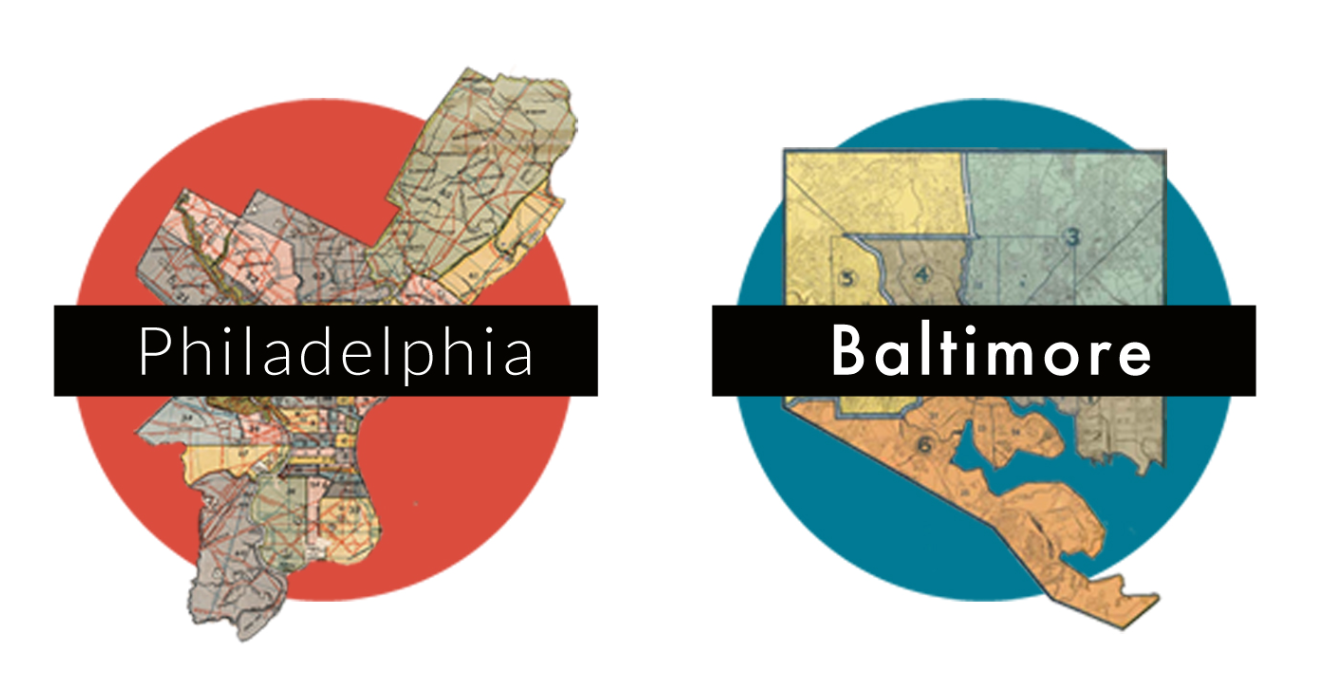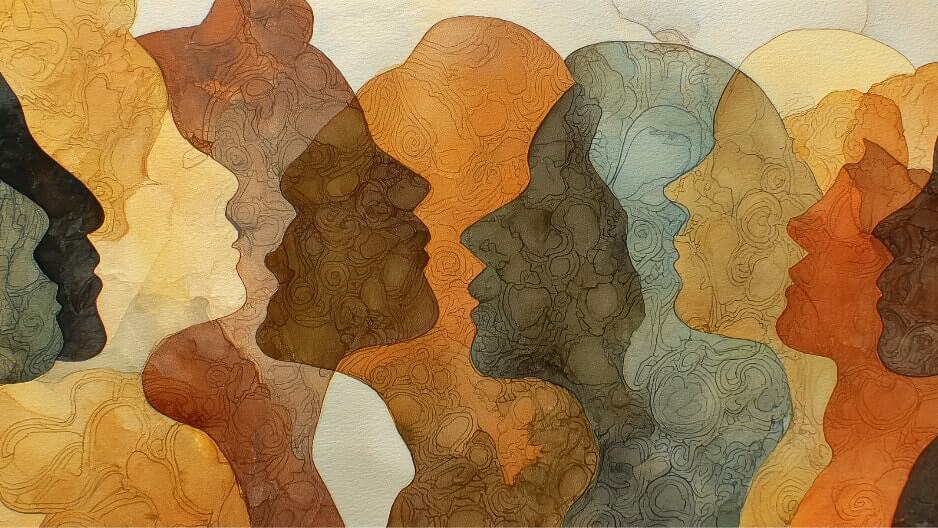“Sheesh. Amen.”
The Power of Artist-to-Artist Conversations
By Andrew Simonet
• 7 minute read
Since 2022, NPN’s National and Southern Programs departments have been collaborating with Artists U to facilitate workshops for NPN-supported artists. The partnership reflects one of NPN’s core tenets — that radical transformation is possible through connection and reciprocity. As a regranting organization, we build relationships with artists that we hope can endure beyond the limits of our grants and subsidies, and Artists U is one way we’ve been able to deepen these relationships. Recently NPN expanded the work with Artists U by hosting a “projects club” for artists to strategize around project development and leverage resources, as well as organizing Artist Shares for artists to present their work to the network. This fall, Artists U will lead a series of artist-to-artist workshops at NPN’s 40th Anniversary Conference in New Orleans — all are welcome!
– Stanlyn Brevé, NPN Director of National Programs
Artists U (www.artistsu.org) is an organizing platform to change the working conditions of artists. We operate from my hometown of Philadelphia (where I founded it twenty years ago) as well as Baltimore. We build and share free and open-source resources such as “Making Your Life as an Artist,” “Artists Raising Kids,” and “Not Doing It Alone”; we share thoughts on artist practice and artist lives with our email list; and we host conversations and workshops nationally, often with partners we love, like NPN. Artists U has worked in-depth (meaning eight or more hours per person) with over 8,000 artists of all disciplines.
Through our Artist Organizing Project, Artists U leader Michaela Pilar Brown and I are building national conversations, where we can share strategies, approaches, and challenges, with twenty artist leaders and organizers from Philadelphia, Baltimore, Charlotte, Massachusetts, South Carolina, Minneapolis, and New York. Two NPN artists from our first workshop, Mary Prescott and Courtney C. Young, are now part of these national conversations. If you or your organization are interested in this project, hit us up.

Over the past three years, Michaela Pilar Brown and I worked with 71 NPN artists in workshops and community conversations. For these discussions, NPN did something rare for the arts sector: They paid the artists for their presence. That is powerful artist support, and it recognizes two truths of this work: Each artist adds to the conversation, and the voices and experiences in the circle are the resource.
Our workshops are a big commitment: eight hours, with six hours of follow-up conversations. We hope—and strive—to go deep. Michaela and I do this a lot, and it’s always fascinating, but these NPN conversations were special, full of nuance, depth, and vulnerability.
Michaela and I will be at the NPN Annual Conference in October, hosting conversations and artist shares. We hope and trust we will see some of you there.
Here are some thoughts on our work and snapshots from our conversations with NPN artists.
Artists are breathtakingly competent
Or: Why we focus on artist-to-artist change
Here’s a thought experiment:
We worked with 71 NPN artists from NPN’s National and Southern Programs. Each one of them needs, conservatively, $35,000 a year to live (for context, that is a third below the median income). That’s $2.5 million a year, every year. And it does not include project budgets; a poet may be able to write without significant material costs, but not a filmmaker or choreographer.
Just to live frugally, those 71 artists need $2.5 million. Dang. What the heck are we gonna do? I can tell you what will not solve it:
We are not going to fundraise our way out of this. Grants will not make artists’ lives sustainable.
We are not going to program-build our way out of this. Arts organizations will not make artists’ lives sustainable.
The “Art World” will not make artists’ lives sustainable.
External success and validation will not make artists’ lives sustainable.
Artists make artists’ lives sustainable.
Because here is the astonishing fact: Those 71 artists already generate more than $2.5 million in revenue every year. Think about that. Through freelancing, selling work, day jobs, teaching, fundraising, touring, and dozens of other strategies, these 71 artists consistently generate an unimaginable sum of money.
This is where our organizing work begins. These are 71 mind-bogglingly talented, financially astute, accomplished, hard working, and resourceful professionals. We begin by honoring that capacity and celebrating the accomplishments. Then we build on it, collectively, by sharing how we got here, sharing what’s hard and what’s working. We have honest, rigorous conversations about the contradictions, triumphs, absurdities, myths, and revelations of the artist’s life. This isn’t advice, it’s not mentoring, it’s not pairing artists with experts. It’s peer-to-peer learning rooted in shared power. Well-intentioned advice—and artists get a lot of that—can feel presumptuous, even belittling. But when an artist vulnerably shares their struggles and choices, their achievements and strategies, and another artist takes away a lesson or insight, that respects efficacy. That is shared power. And it’s our theory of change.
Of all the resources built for artists, we find that rigorous, generous community conversations are the most nourishing, most relevant, most affordable, least competitive, least discouraging, most efficient, most (when built carefully) inclusive, most personalized, most comforting, least condescending, most activating, most practice- and process-focused, most long-term, least constraining, and most centered on artists’ skills rather than needs.
When artists come together in open, vulnerable conversations, commonalities emerge: You are not alone. You are not the only artist struggling with this. Experiences are shared that can point a new way forward. Specific resources and tools get passed around. And unspoken assumptions get said out loud, reducing the power they hold over us. Here are a few examples.
“I waited patiently. I trusted.”
An NPN artist asked: “I would love to hear about anyone’s experience returning to a practice after a long while away. What did the process of finding your way back in look like?”
“Having no agenda in the studio and loads of permission. Absolutely no pressure to make anything. I can rest for two hours if I need to.”


“I was away from my writing for almost three years because of my child’s mental health. Pushing myself to write when it wasn’t flowing felt like the worst thing I could do to myself and to the writing. So I waited patiently. I trusted. I didn’t force it. And then three weeks ago, it came back.”
“Even when I wasn’t officially ‘making art,’ I used my artist skills in small ways, keeping my practice alive.”


“Stepping away from my practice changed my work dramatically. I wouldn’t be the artist I am without it. I didn’t realize at the time how much my work would grow and deepen because I stepped away.”
“Sheesh. Amen.”
In our Time Design conversation, we share this Artists U thought: “Procrastination is not a character flaw. It’s a design problem. It means I haven’t yet designed my working conditions for me (specifically me) to be productive.”
An artist responded, “Sheesh. Amen.”
“how close can you get to…”
We gather stories, tools, and principles from the artists we work with. Here’s a story we shared:
“An artist in South Carolina was told by his agent: Here’s how you negotiate. First, come up with a really good number for you. Not the least you could do it for, not what would be okay. What would make this gig really good? Then, when money comes up, you say this sentence: How close can you get to [insert your number]? Then shut up. Don’t talk. Don’t apologize, don’t backtrack. Don’t say: ‘Or I could do it for ten bucks.’ Stay quiet and let them talk.”
Two sessions later, an NPN artist reported, “I have to say, the ‘how close can you get to…$$$’ helped me just last week!!!”
“Shout out to all of us!”
Sometimes artists thank Michaela and me at the end of a workshop, and that’s nice. But we know it’s really working when artists thank each other, thank the circle. I will end, as our conversations did, with some artist-to-artist gratitude:
“I am so thankful for this conversation tonight. The conversation is hard but true. And I no longer feel isolated in my concerns. My experiences have been normalized in a profound way by these conversations.”


“This is already an incredibly validating space. I am very grateful and feeling so much ancestral resonance. Thank you for all that is being shared and offered.”
“This space is something I didn’t know I needed. Shout out to all of us!”


Read an artist’s personal experience with Artists U workshops:
“The Sustaining Power of Conversation”
By Mary Prescott
About Andrew Simonet
Andrew Simonet (Artists U Founder and Director) is a writer and choreographer in Philadelphia. He founded Artists U in 2006. His debut novel Wilder, was published by Farrar, Straus, and Giroux in 2018. His second novel, A Night Twice as Long, was published by FSG in 2021. Andrew was, from 1993 to 2013, a founding co-director and choreographer of Philadelphia’s Headlong Dance Theater, along with his collaborators Amy Smith and David Brick. Headlong created collaborative dance theater in Philadelphia and toured nationally. Andrew’s projects included CELL, a performance journey for one audience member at a time guided by your cell phone, and This Town is a Mystery, performances by four Philadelphia households in their homes, followed by a potluck dinner. With Headlong, Andrew helped found Dance Theater Camp, an annual festival of workshops and collaboration for professional artists that is entirely artist-run and free for all participants; and the Headlong Performance Institute, a school for experimental performance with full college credit. Andrew created and ran the Dance Program at the Lawrenceville School, a private high school in New Jersey, from 1995 to 2005. Andrew lives in West Philadelphia with his wife Elizabeth and their sons Jesse Tiger and Nico Wolf.
